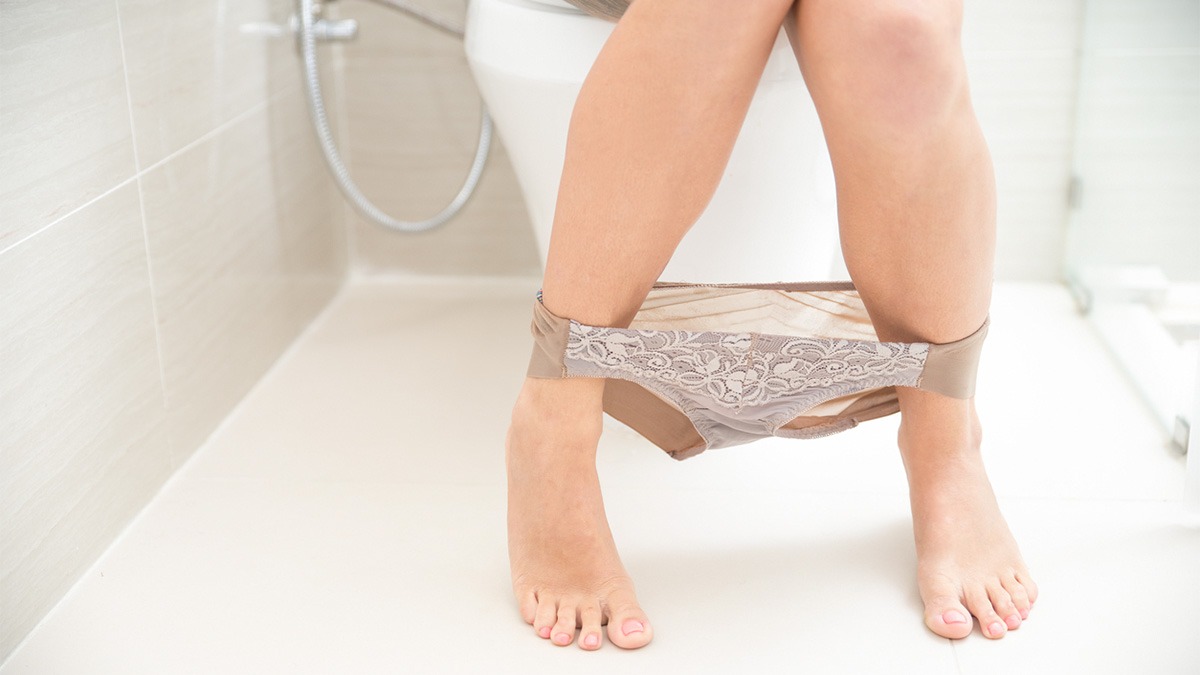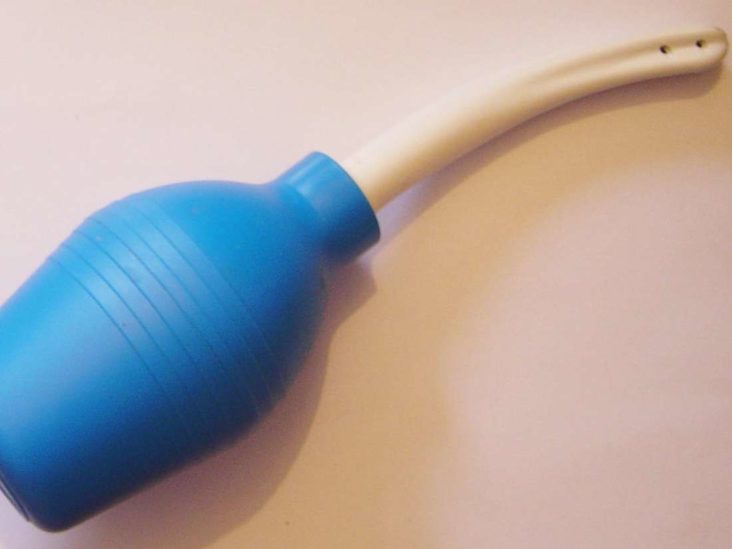
If your pH seems high, you may want to book an appointment with your gynecologist. Ideally, you’d like to see a pH score between 5.3 and 7.0. If you’re unsure whether or not the soap you’ve chosen is harming your vaginal health, you can conduct a pH (potential hydrogen) test at home to assess the acidity level of your vagina discharge. Try choosing a mild and fragrance-free cleanser, or a liquid Castile or glycerin soap.

If you decide to use a soap wash to wash your menstrual cup, it’s important to note that it has to be a pH-balanced soap. It’s an easy and gentle option if you’re trying a menstrual cup for the first time.Ī post shared by Cora Clean With a pH-Balanced Soap (Your Vagina Will Thank You)
HOW TO CLEAN YOUR VAG FREE
The Cora Cup Cleanse is pH balanced and free of dyes and fragrances, and washes away bacteria naturally with lemon extracts and witch hazel. Certain soaps, like soaps with oil or heavily-fragranced scents, may irritate your vagina during and after use. Use a Menstrual Cup Cleanserįirst, it’s essential to understand which cleansers to use and not to use on your period cup. Here are six ways to clean and care for your menstrual cup. Properly cleaning your menstrual cup is essential to keeping your body healthy and happy throughout the cup’s lifetime.

HOW TO CLEAN YOUR VAG HOW TO
Once you’ve decided to give a menstrual cup a try, it’s important to learn how to use and take care of it. 6 Ways to Clean & Care For Your Menstrual Cup Inserted just like a tampon, a period cup moves with you and feels comfortable while preventing leaks. Apart from its sustainability benefits, menstrual cups are flexible and easy to use. If you’re considering using a menstrual cup but haven’t fully decided yet, there are a few reasons it might be worth your time. That means both the environment and your body will thank you. Made of medical-grade silicone, the Cora Cup is free of BPA and toxic chemicals. What is a Menstrual Cup?Ī menstrual cup, like the Cora Cup, is a sustainable option for women looking to explore outside traditional period products like pads and tampons. Properly caring for a menstrual cup involves a bit more effort, but it might be worth it for you and your body. So, if you’re looking to do your part to reduce that amount or you’re just curious about period cups, you’re in the right place. On average, a woman will throw away close to 300 pounds of tampons and pads in her lifetime, and every year approximately 20 billion tampons, applicators, and hygienic napkins will end up in North American landfills. Menstrual cups are a great option for many women, especially if you’re looking to reduce the amount of waste created by period products.


 0 kommentar(er)
0 kommentar(er)
